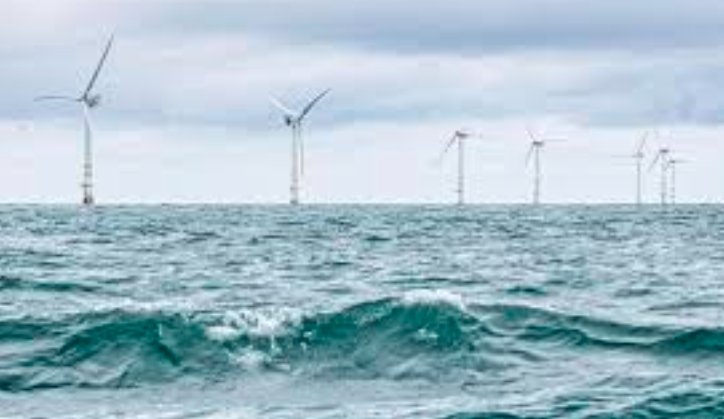Concerns are mounting over the potential ecological disaster posed by the construction of a new wind farm in Scotland. Environmentalists and local communities are alarmed by the possible destruction of natural habitats and the impact on wildlife. The project, which aims to boost renewable energy production, has sparked a heated debate about the balance between environmental conservation and sustainable development.
Environmental Concerns and Wildlife Impact
The proposed wind farm site is home to a diverse range of wildlife, including several protected species. Environmentalists argue that the construction process will disrupt these habitats, leading to a decline in biodiversity. The area is known for its rich birdlife, including species such as the golden eagle and the red kite, which are particularly vulnerable to habitat disturbance.
The Scottish Wildlife Trust has raised concerns about the potential impact on local ecosystems. They emphasize that the construction could lead to soil erosion, water pollution, and the destruction of plant life. These changes could have a cascading effect on the entire ecosystem, affecting not only the wildlife but also the local communities that rely on these natural resources.

Local residents have also voiced their concerns, fearing that the wind farm could alter the landscape and disrupt their way of life. Many are worried about the noise and visual impact of the turbines, as well as the potential for increased traffic and infrastructure development. These concerns highlight the need for a careful and balanced approach to the project, ensuring that the benefits of renewable energy do not come at the expense of the environment.
Balancing Renewable Energy and Conservation
Proponents of the wind farm argue that the project is essential for meeting Scotland’s renewable energy targets. They point out that wind energy is a clean and sustainable source of power, which can help reduce the country’s reliance on fossil fuels. The Scottish Government has set ambitious goals for reducing carbon emissions, and wind farms are a key part of this strategy.
However, critics argue that the environmental costs of the project have not been adequately considered. They call for a more comprehensive environmental impact assessment to ensure that the project does not cause irreversible damage to the local ecosystem. Some suggest that alternative sites should be considered, where the impact on wildlife and natural habitats would be less severe.
The debate over the wind farm highlights the broader challenge of balancing renewable energy development with environmental conservation. While renewable energy is crucial for combating climate change, it is essential to ensure that these projects are implemented in a way that minimizes their impact on the environment. This requires careful planning, robust environmental assessments, and ongoing monitoring to ensure that the benefits of renewable energy are not outweighed by the costs to biodiversity and ecosystems.
Community Involvement and Future Steps
Community involvement is crucial in addressing the concerns surrounding the wind farm project. Local residents and environmental groups have called for greater transparency and consultation in the planning process. They argue that their voices need to be heard and their concerns addressed to ensure that the project is implemented in a way that respects both the environment and the needs of the community.
The Scottish Government has pledged to take these concerns into account and has promised to conduct a thorough review of the project’s environmental impact. They have also committed to working closely with local communities and environmental organizations to find a solution that balances the need for renewable energy with the protection of natural habitats.
Moving forward, it is essential to develop a framework for renewable energy projects that prioritizes environmental conservation. This includes setting clear guidelines for environmental impact assessments, ensuring that projects are sited in locations that minimize their impact on wildlife, and implementing robust monitoring and mitigation measures. By taking these steps, Scotland can continue to lead the way in renewable energy development while safeguarding its rich natural heritage.


















